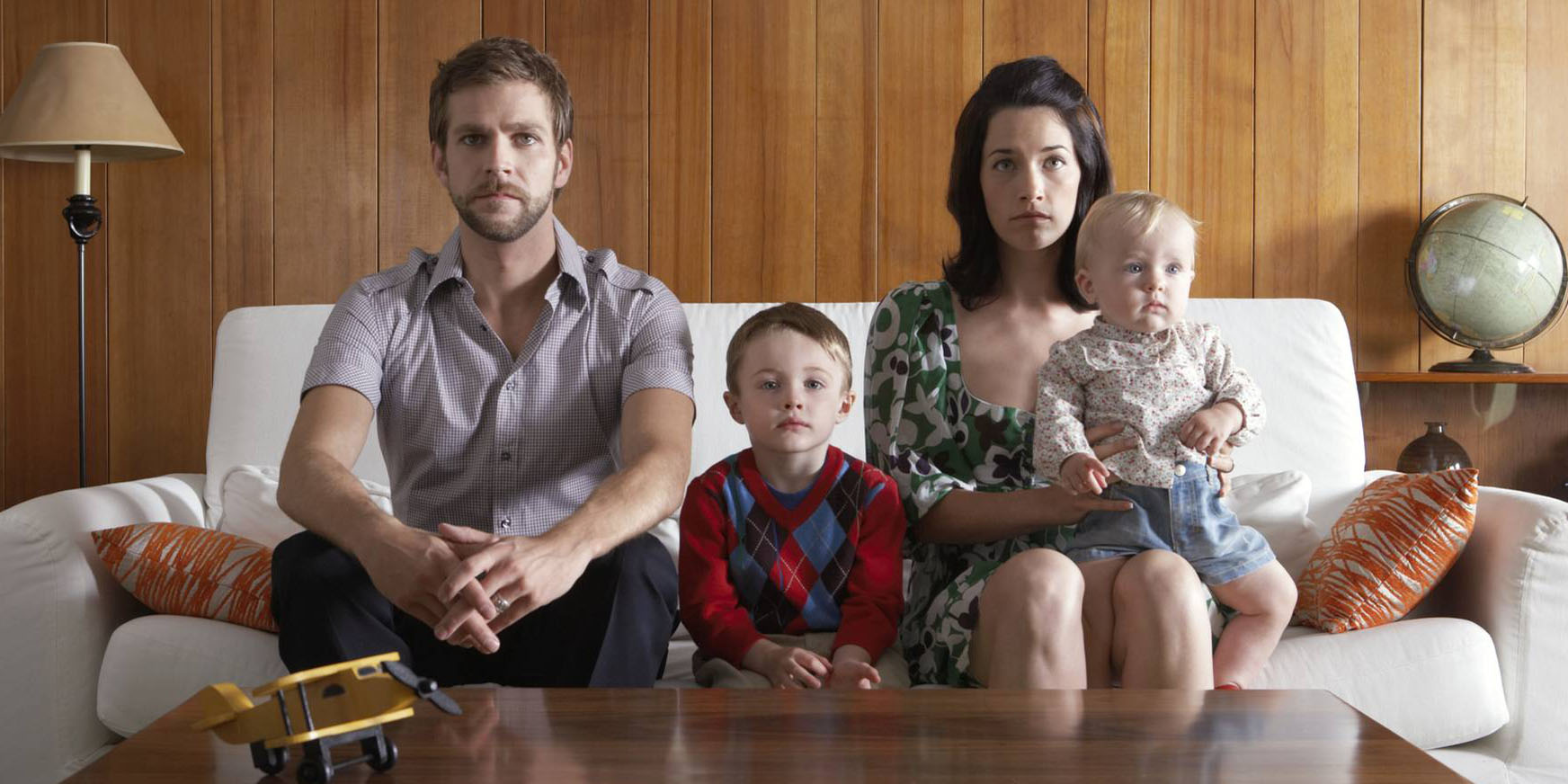Millennials Differ From Other Generations In Almost Every Regard
By: William Cummings , USA TODAY
There is nothing new about comments on how “kids these days” are different from the generations that came before them. In the case of Millennials, the U.S. Census Bureau has some data to back those observations up.
“Today’s young adults look different from prior generations in almost every regard: how much education they have, their work experiences, when they start a family, and even who they live with while growing up,” says a report from the Census Bureau released Wednesday.
The report looks at changes in social, economic and demographic trends among young American adults, defined as ages 18 to 34, over the past 40 years.
It found they increasingly live at home and delay starting a family. According to the report, that trend reflects a wider shift in attitudes about the importance of work and education over family. For example, more than half of all Americans think marriage and children are not important steps in becoming an adult, while “more than 9 in 10 Americans believe that finishing school and being gainfully employed are important milestones of adulthood.”
Millennial Milestones
The report’s author, Jonathan Vespa, a demographer at the Census Bureau, looked at four “common milestones of adulthood:” Getting married, having kids, getting a job and living on your own. He found the percentage of Americans achieving all four of those milestones by age 34 dropped from 45% in 1975 to 24% in 2016. Vespa also found that while living on your own and holding a job was the fourth most common scenario in 1975, being a “single worker” was the second most common scenario by 2016 (a rise from 6% to 23%).
Women Driving the Workforce
The report also found young women are pulling ahead in employment and wages, while those numbers are on the decline for young men.
Here are some of the report’s highlights:
-In 1975, 25% of men between 25 and 34 had incomes of less than $30,000 (adjusted for inflation) per year. By 2016, it was 41%.
-The number of young women ages 25 to 34 in the workforce jumped more than 40% between 1975 and 2016.
-Those young women saw their median income rise from $23,000 to $29,000 in the same time period, although it remains $11,000 lower than young men.
-Between 1975 and 2016, the number of young female “homemakers” dropped from 43% to 14%.
-1 in 3 young Americans lives with a parent or parents. Of those, 1 in 4 does not work or go to school.
-In 1975, far more young adults lived with a spouse than a parent. By 2016, more young adults lived with their parents than a husband or wife.
-41% of young families had a student debt in 2013, up from 17% in 1989 and the amount owed on those loans has almost tripled.
Unique Paths
Vespa cautioned against drawing broad assumptions about young Americans based on this data. For example, living with their parents may now be the most common living arrangement among young adults, “but we want to be careful and not say that one experience describes all of the young adults who are living in their parents’ home.”
Many assume those young Americans are in the basement playing video games, but most of the more than 8.3 million young people living with their parents are either working or in school. Roughly 25% of those young people are not employed or going to school, but out of that group 28% have a disability and another 21% have a child.
It is also important to note these trends fluctuate among different demographic groups. For example, 37% of black Americans between ages 18 and 34 live at home, compared with 26% of young Asians and 21% of young black Americans live with a spouse or unmarried partner, compared with 44% of whites. There are also dramatic differences depending on where young Americans live. In many Midwestern states, the increase in young adults living at home has grown far more gradually than in other regions. North Dakota actually had 3.5% fewer young adults living with their parents in 2015 than 2005. Florida, on the other hand, saw that group grow 11% in the same time period.
As the report concludes: “If one theme describes how adulthood has changed over the last 40 years, it is growing complexity.”
For more information on this article or the author please visit http://usatoday.com




 Top
Top
